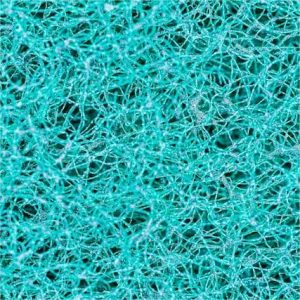Featured Products
Explore Products
- In-Stock Tumor Cell Lines
- Human Orbital Fibroblasts
- Human Microglia
- Human Pulmonary Alveolar Epithelial Cells
- Human Colonic Fibroblasts
- Human Type II Alveolar Epithelial Cells
- Human Valvular Interstitial Cells
- Human Thyroid Epithelial Cells
- C57BL/6 Mouse Dermal Fibroblasts
- Human Alveolar Macrophages
- Human Dermal Fibroblasts, Adult
- Human Lung Fibroblasts, Adult
- Human Retinal Muller Cells
- Human Articular Chondrocytes
- Human Retinal Pigment Epithelial Cells
- Human Pancreatic Islets of Langerhans Cells
- Human Kidney Podocyte Cells
- Human Renal Proximal Tubule Cells



 Rat Neonatal Dorsal Root Ganglion (DRG) Neurons are high-quality sensory neurons derived from standardized methods, ideal for immediate culturing. These neurons are found in the dorsal root ganglion, also known as the spinal ganglion, housing the cell bodies of unipolar primary sensory neurons. DRG neurons are pseudounipolar cells, featuring two axons rather than a typical axon and dendrite structure. One axon projects centrally towards the spinal cord, while the other extends towards the skin or muscle, enabling them to transmit sensory information efficiently. These neurons exhibit sensitivity to capsaicin (CAP), displaying inward currents when exposed to it, making them valuable for studying sensory responses and pain mechanisms.
Rat Neonatal Dorsal Root Ganglion (DRG) Neurons are high-quality sensory neurons derived from standardized methods, ideal for immediate culturing. These neurons are found in the dorsal root ganglion, also known as the spinal ganglion, housing the cell bodies of unipolar primary sensory neurons. DRG neurons are pseudounipolar cells, featuring two axons rather than a typical axon and dendrite structure. One axon projects centrally towards the spinal cord, while the other extends towards the skin or muscle, enabling them to transmit sensory information efficiently. These neurons exhibit sensitivity to capsaicin (CAP), displaying inward currents when exposed to it, making them valuable for studying sensory responses and pain mechanisms.